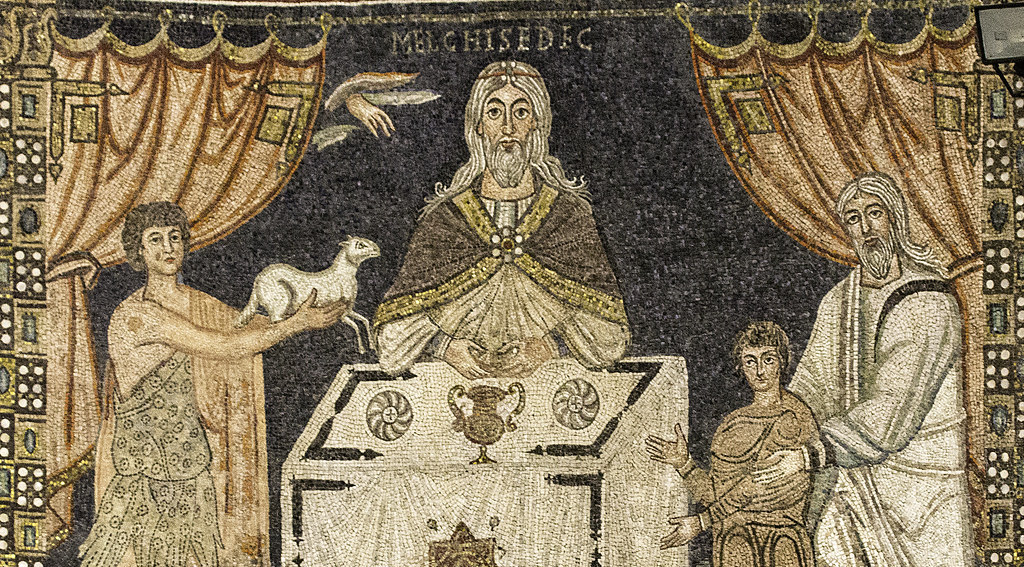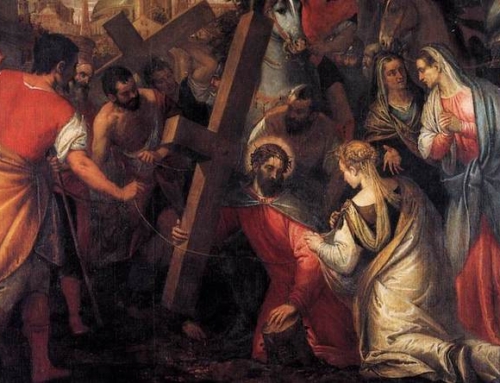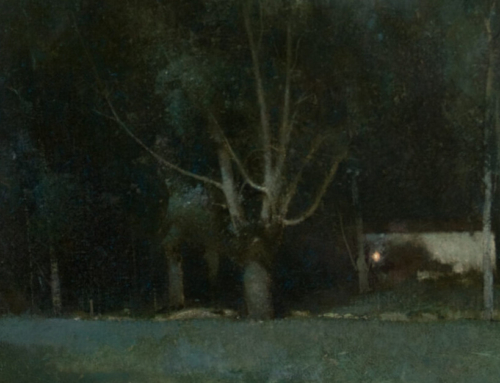2021 Summer Reading Recommendations:
The Spirit of the Liturgy by Romano Guardini & Joseph Ratzinger
The liturgy has existed as long as the Church has existed. It is her “public work” (leitourgia) through which Christ her head works his redemption in us, his members. In it, eternity and time meet more profoundly than in any other human activity. Precisely because of the liturgy’s importance—it is the practical nexus of all theology—every generation is called to learn anew the perennial principles of prayer and worship so as to cleave most closely to Christ. Such is the fundamental value of liturgical theology: it leads us to contemplate God, who is the origin and term of our worship, and, in his divine light, to consider the ways we are to worship him.
In the twentieth century, Romano Guardini and Joseph Ratzinger, in their identically named The Spirit of the Liturgy, prominently addressed just those principles. Their works remain of great value for us today. Guardini, a pioneer of the twentieth century’s “Liturgical Movement,” first published his short book in 1918, intending to expound and revive in his day an appreciation for the liturgy’s true significance. Ratzinger, writing 81 years later, aimed to imitate Guardini in a far different ecclesial and social context.
Both books are anchored in that age-old liturgical proverb: lex orandi, lex credendi, “the law of praying is the law of believing.” On the one hand, the Church’s liturgical prayer—the words we speak, the postures we bear, the way we sing, and the signs we employ—is informed by divine revelation, i.e. what we believe. On the other hand, the liturgy shapes our reception of divine revelation and our graced conformity to its source: saving Truth Incarnate. A profound symbiosis thus exists between prayer and faith, worship and sanctity. The spiritual and moral are inextricable.
Guardini and Ratzinger underscore this fundamental symbiotic principle. Just as, at a vegetative level, man is what he eats, so also he becomes, at a spiritual level, what he worships. We are either imitators of Christ or enthusiasts of the ephemeral. Our two authors thus lead us to appreciate the purpose of the liturgy: the reverent worship of God and the salvation of man.
Curiously, however, neither Guardini nor Ratzinger offers a specific definition of the liturgy. Still, they supply otherwise learned expositions of its essential aspects: the proclamation, signification, and contemplation of divine truth, especially the particularities and peculiarities of the Incarnation; the unification of mankind under the headship of Christ; and man’s exuberant glorification of his Creator and Redeemer.
In both works, these themes are integrated under the term logike latreia, taken from Saint Paul’s Letter to the Romans: “Present your bodies as a living sacrifice, holy and acceptable to God; this is your spiritual worship” (Rom 12:1). This verse is extremely instructive, for St. Paul encourages us to offer our bodies as a sacrifice that counts for our spiritual (or “rational,” as logike can also be translated) worship.
Invoking this Pauline principle, Guardini and Ratzinger teach us that the liturgy is for the whole person—body and soul. Though we are united to God in our rational soul, this occurs through the bodily medium of our senses. And because intellect and will—the spiritual powers of our body-soul composite—are primary, the liturgy must engage our body in a manner that duly chastens our soul, rendering us fit for divine service in this life and, ultimately, eternal worship in the heavenly liturgy. Thus, the rational element—the liturgy’s divine logos—shapes, norms, and elevates its affective elements and thereby provides an objective criterion for judging what is appropriate for the liturgy.
Together, The Spirit(s) of the Liturgy offer us perennial guidelines that help us to pray the liturgy more profoundly. Above all, they offer us a most foundational precept: Conversi ad Dominum—“turn toward the Lord,” which is really a conversi ad crucem, for it is the Cross (crucem) that seals our salvation and trailblazes our own cruciform path to heaven. The liturgy is the Church’s essential means to that goal. In the end, any consideration of the liturgy in any age leaves us with one absolutely normative question: how does this ritual signify, reverence, and conform us to the logike latreia of Calvary and the eternal life proceeding therefrom? St. Paul provides our maxim: “Far be it from me to glory except in the cross of our Lord Jesus Christ” (Gal 6:14).
✠



